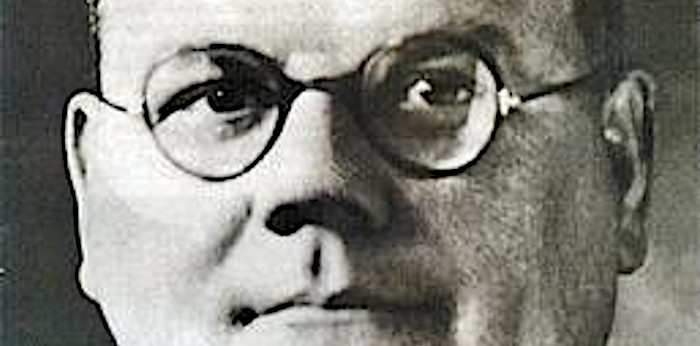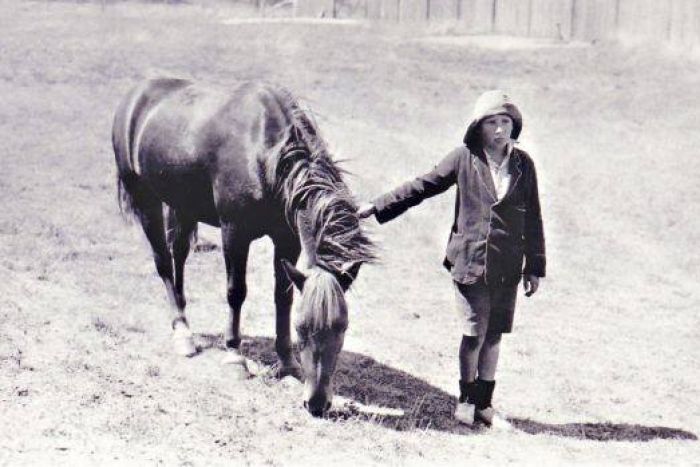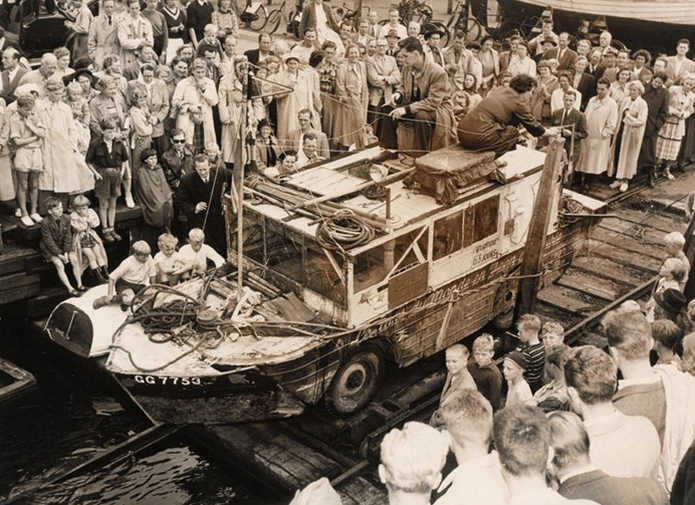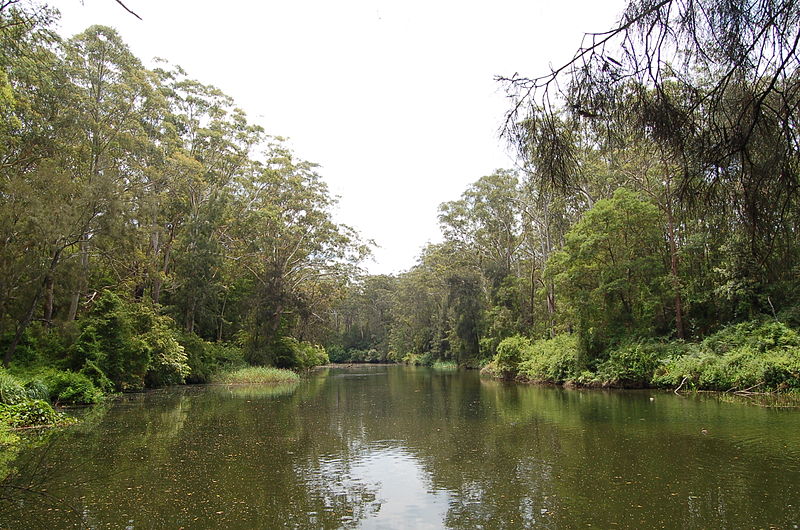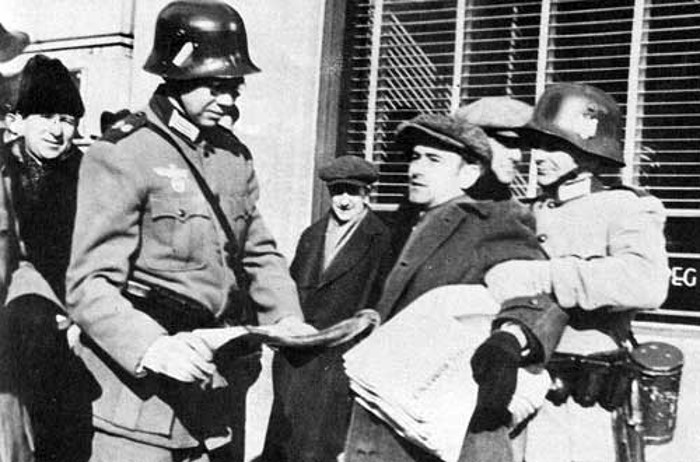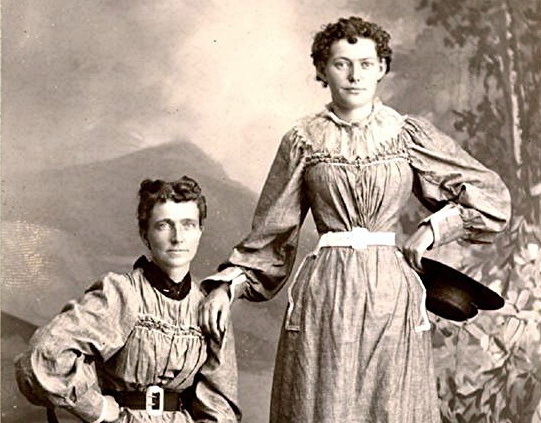
It is in this vein that I repeat Sturgeon’s Revelation, which was wrung out of me after twenty years of wearying defense of science fiction against the attacks of people who used the worst examples of the field for ammunition, and whose conclusion was that ninety percent of sf is crud. The Revelation:
Ninety percent of everything is crud.
Corollary 1: The existence of immense quantities of trash in science fiction is admitted and it is regrettable; but it is no more unnatural than the existence of trash anywhere.
Corollary 2: The best science fiction is as good as the best fiction in any field.
— Theodore Sturgeon, “On Hand: A Book,” 1958
(In a 1953 speech he’d said, “When people talk about the mystery novel, they mention The Maltese Falcon and The Big Sleep. When they talk about the western, they say there’s The Way West and Shane. But when they talk about science fiction, they call it ‘that Buck Rogers stuff.'”)
